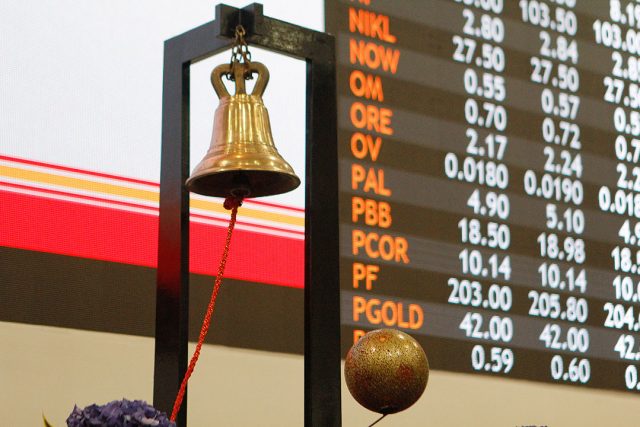Gaza talks expected as crisis rages on

CAIRO — Mediators expected to reconvene in Cairo as soon as Sunday and search for a formula acceptable to Israel and Hamas for a lasting ceasefire in Gaza, sources with knowledge of the talks said, after foreign governments resorted to airdrops to aid desperate civilians in the Palestinian enclave.
Israeli and Hamas delegations were expected to arrive in Cairo on Sunday, two Egyptian security sources said, although another source briefed on the talks said Israel would not send a delegation until it got a full list of hostages who are still alive.
Hopes for the first pause in fighting since November rose last week after a previous round of talks mediated by Qatar and Egypt in Doha and indications from US President Joe Biden that agreement was close.
A senior US official said on Saturday that the framework for a six-week pause in fighting was in place, with Israel’s agreement, and now depended on Hamas agreeing to release hostages it has held in Gaza since its attacks on southern Israel on Oct. 7.
“The path to a ceasefire right now literally at this hour is straightforward. And there’s a deal on the table. There’s a framework deal. The Israelis have more or less accepted it,” the official told reporters. “The onus right now is on Hamas.”
Mr. Biden has said he hopes a ceasefire will be in place by the Muslim fasting month of Ramadan, which starts on March 10.
Mr. Biden and other world leaders are under growing pressure to ease the increasingly desperate plight of Palestinians after five months of war and Israeli blockade of Gaza. The United Nations says a quarter of the population – 576,000 people — is one step from famine.
Gaza health authorities said Israeli forces killed 118 people trying to reach a relief convoy near Gaza City on Thursday, prompting global outrage over the humanitarian catastrophe. A day later Mr. Biden announced plans for the US airdrop on Saturday, which also involved Jordanian forces.
Other countries including Jordan and France had already conducted airdrops of aid into Gaza.
HUMANITARIAN CATASTROPHE
The US has for months been calling for Israel to allow more aid into Gaza, something Israel has resisted. Some experts said being forced to resort to costly, inefficient airdrops was the latest demonstration of Washington’s limited influence over Prime Minister Benjamin Netanyahu’s government.
Israel denies restricting humanitarian aid for Gaza civilians.
The US military aircraft released 38,000 meals over Gaza, falling far short of the assistance needed by the territory’s 2.2 million people. US authorities said it was the first of what would be a sustained effort.
Israel disputes the health ministry’s death toll in the food convoy catastrophe and said most victims were trampled or run over.
Israel launched the offensive in response to the Oct. 7 attack by Hamas, whose militants poured over the border from Gaza, killing 1,200 people and abducting another 253, according to Israeli tallies.
The assault has devastated Gaza. Much of the Hamas-run enclave has been laid to waste and more than 30,000 people have been killed and tens of thousands more injured, according to Gaza health authorities.
Fighting raged in the early hours of Sunday, as residents reported the sound of heavy shelling and tanks advancing around Khan Younis, a city in the southern Gaza Strip.
Around Rafah, another southern city where more than 1 million Palestinian have been seeking refuge on the border with Egypt, authorities said 25 people were killed on Saturday and into Sunday morning. They included 11 who died when an Israeli airstrike hit a tent near a hospital and another 14 in one family, who died when a strike hit a house.
Hamas has not backed away from its position that a temporary truce must be the start of a process towards ending the war altogether, the Egyptian sources and a Hamas official said.
However, the Egyptian sources said assurances had been offered to Hamas that the terms of a permanent ceasefire would be worked out in second and third phases of the deal. The duration of the initial pause of about six weeks had been agreed upon, the sources said.
Hamas and Israel did not respond to requests for comment. — Reuters















